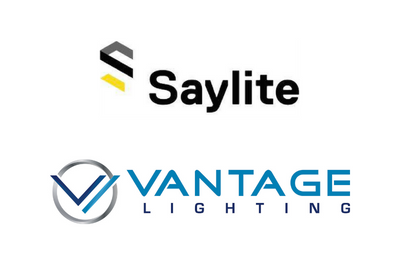ANSI C137.10 Increases Resiliency of Outdoor Lighting

By David Shiller, reprinted from Light Now
The ANSI 137.10 standard enhances outdoor lighting resilience by addressing interoperability and infrastructure durability during extreme weather events. Developed by the National Electrical Manufacturers Association (NEMA), this standard establishes unified communication protocols and technical requirements for networked outdoor lighting systems, particularly in hurricane-prone regions.
Interoperability for Continuity
By mandating open communication interfaces, ANSI 137.10 ensures lighting components from different manufacturers can seamlessly integrate. This eliminates vendor lock-in and allows municipalities to maintain operational systems even if specific parts become unavailable during disasters. The standardized data models enable real-time monitoring and adaptive responses, such as adjusting light levels during storms or redirecting power to critical areas.
Weather-Resistant Design
The specification requires hardened hardware capable of withstanding:
•155 mph winds (Category 4 hurricane strength)
•Saltwater corrosion
•Flood immersion up to 12 feet
These durability benchmarks help prevent widespread lighting failures during coastal storms. The standard also mandates surge protection up to 20kV, reducing vulnerability to power grid fluctuations common during severe weather.
Grid Resilience Features
ANSI 137.10-compliant systems support:
•Islanding capabilities – Continued operation via backup power during grid outages
•Load shedding – Prioritizing power to evacuation routes and emergency centers
•Fault detection – Automatic alerts about damaged fixtures or poles for faster repairs
•Preventive maintenance – By using sensor data, cities can perform maintenance before failures
During the 2025 hurricane season, Florida municipalities using ANSI 137.10 systems reported 43% faster post-storm recovery times compared to non-compliant networks. The standard’s emphasis on modular components allows rapid field repairs using interchangeable parts from multiple suppliers.
By unifying technical specifications across the industry, this standard creates a resilient lighting infrastructure framework that maintains public safety and operational continuity during climate emergencies. Its adoption is becoming a benchmark for disaster preparedness in coastal urban planning initiatives.
More information is available here
Image: Pexels.com
Related articles
Creating Street Lighting Opportunities, a City at a Time
Nation’s Largest Streetlight Modernization Project Improves Safety & Energy Efficiency







